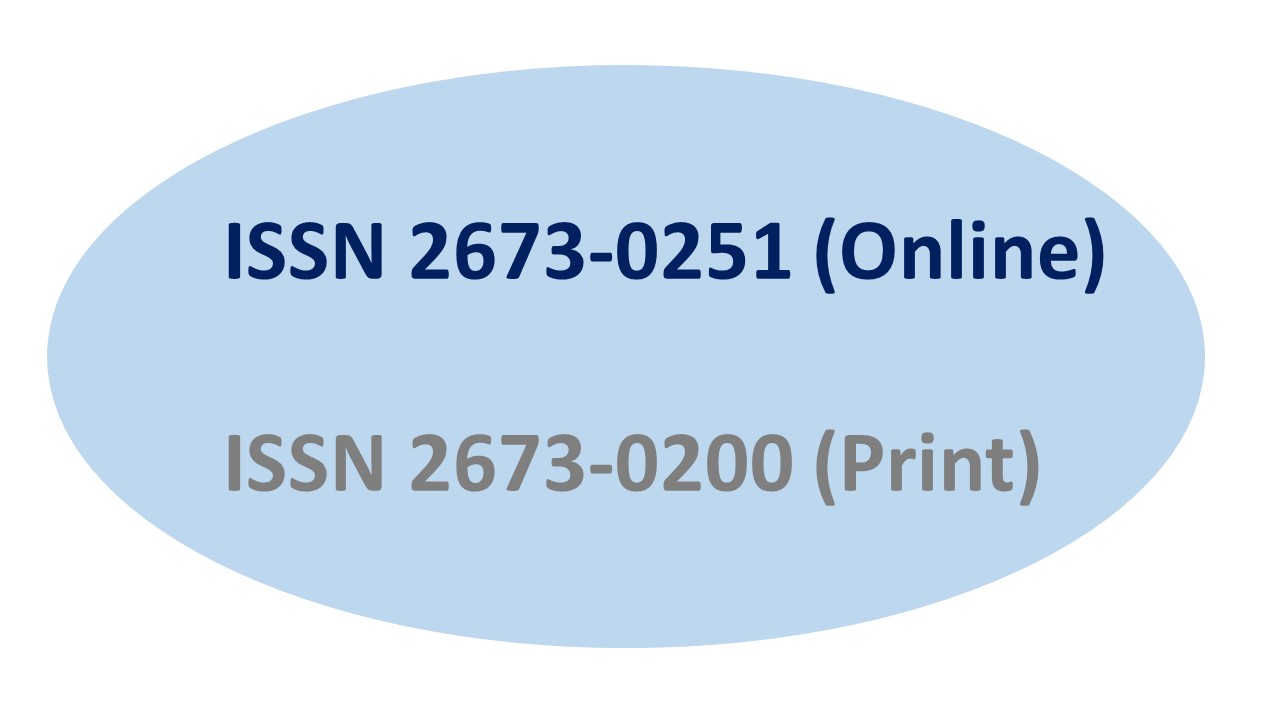The Performance of Microdermabrasion Machine Based on Vacuum Pressure Drop
Keywords:
Air filter, lifetime, machine, microdermabrasion, vacuum pressureAbstract
Microdermabrasion in cosmetic field is a mild process in relation to treatment of human facial skin by removing any dead and damage cells, fat spots or impurities adhered to human face. A sudden malfunction of working operation of microdermabrasion machine has been found as significant problem, which is expected due to motor blockage in the machine affected the machine performance that in turn causing shorter machine lifetime. The motor blockage in the machine has been investigated that is usually caused by accumulation of fats or impurities hindering the motor operation. Before using an air filter in its vacuum system it is reported that the efficiency of machine lifetime is only about two months based on five times usage daily, however, after applying the air filter installed in the machine the lifetime getting increased to six months with same frequency of daily use. This investigation is emphasized on the role of air filter in the vacuum system applied to microdermabrasion machine in order to prolong the machine lifetime.
References
Domyati, M., Hosam, W., Abdel-Azim, E., Abdel-Wahab, H., Mohamed, E. (2016). Microdermabrasion: a clinical, histometric, and histopathologic study. Journal of Cosmetic Dermatology. 15: 503-513.
Fak, M., Rotsztejn, H., Erkiert-Polguj, A. (2018). The early effect of microdermabrasion on
hydration and sebum level. Skin Research and Technology, 24: 650-655.
Mahony, M. (2014). Microdermabrasion: indications, devices, treatment protocols and clinic data. Journal of Aesthetic Nursing. 3: 430-435.
Mariane, F., Nanci, M. P., Virgiana, C., Adriana, C. M.. (2014). Effects of microdermabrasion on skin rejuvenation. Journal of Cosmetic and Laser Therapy. 16: 26-31.
Sadick, N. S., Finn, N. A. (2002). New applications for microdermabrasion technology. International Journal of Cosmetic Surgery and Aesthetic Dermatology, 4: 19-26.
Samantha, N., Vladimir, Z., Brian, B., Mark, R. P. (2011). Optimization of microdermabrasion for controlled removal of stratum corneum. International Journal of Pharmaceutics, 407: 95-104.
Samuel, J. B., Robert, W. B. (2000). Microdermabrasion. Aesthetic Surgery Journal, 20: 238-239.
Savardekar, P. (2007). Microdermabrasion. Indian Journal of Dermatology, Venereology and Leprology, 73: 277-279.
.
Downloads
Published
Issue
Section
License
If the manuscript is accepted for publication, copyright of the article shall be assigned to the IJPHS. After acceptance of a manuscript, the authors will be requested to complete a copyright transfer agreement form







